Brass Nataraj Polish
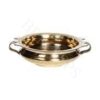

₹1,845.00 – ₹14,999.00
Material Used : Brass
H x L x W (Inches) : 8x3x4, 10x4x4, 11x5x5, 18x7x6, 12x10x4
Weight (kgs) : 1.00, 1.45, 2.50, 5.75, 2.50
Posture : Standing
Purpose : Pooja&Decration Purpose
Lord Siva is known as Nataraja in the cosmic dancing pose. The dance is symbolic of divine realization beyond the realms of the walking dreaming and deep sleep consciousness. As the dancing deity he has four arms delicately poised. The upper right hand carries the ‘damaru’ (drum) which creates the primal sound causing the creation of the world. The upper left hand makes a half-moon posture called ‘Ardha-chandra-mudra’ on whose palm bears a tongue of flame symbolizing the destruction of ignorance. The lower hands are held in ‘abhaya’ and ‘varadha’ mudras. ‘Abhaya mudra’ assures freedom from fear and ‘Varadha mudra’ seeks to extend all benefits.
Nataraja (Tamil: நடராஜர்), (Sanskrit: नटराज, romanized: Naṭarāja) is a delineation of the Hindu god Shiva as the celestial artist. His move is called Tandavam or Nadanta, contingent upon the setting of the dance.[1][2] The posture and work of art is depicted in numerous Hindu messages, for example, the Anshumadbhed agama and Uttarakamika agama, the move alleviation or symbol highlighted in all significant Hindu sanctuaries of Shaivism.[3]
The traditional type of the delineation shows up in stone reliefs, as at the Ellora Caverns and the Badami Caverns, by around the sixth century.[4][5] Around the tenth century, it developed in Tamil Nadu in its develop and most popular articulation in Chola bronzes, of different statures regularly under four feet,[6] some over.[7] The Nataraja reliefs have been recognized in noteworthy craftsmanship from numerous pieces of South Asia, in southeast Asia, for example, in Bali, Cambodia, and in focal Asia.[8][9][10]
The figure is representative of Shiva as the master of move and sensational arts,[8] with its style and extents made by Hindu messages on arts.[6] It regularly shows Shiva moving in one of the Natya Shastra presents, holding Agni (fire) in his left back hand, the front hand in gajahasta (elephant hand) or dandahasta (stick hand) mudra, the front right hand with a wrapped snake that is in abhaya (dread not) mudra while highlighting a Sutra text, and the back hand holding an instrument, generally a damaru.
| Size | 10*4*4, 11*5*5, 12*10*4, 18*7*6, 8*3*4 |
|---|
Based on 0 reviews
|
|
|
0% |
|
|
|
0% |
|
|
|
0% |
|
|
|
0% |
|
|
|
0% |
You must be logged in to post a review.
Related Products
BRASS SRICHAKRAM Weight: 200GRMS Dimensions: 2INCHS (Height)

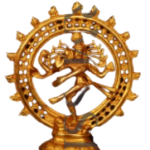
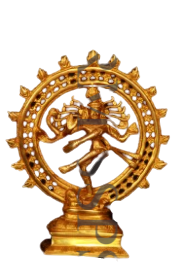
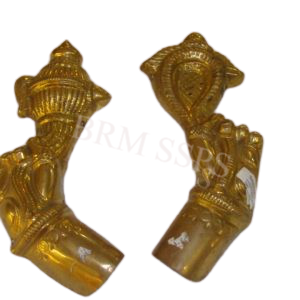
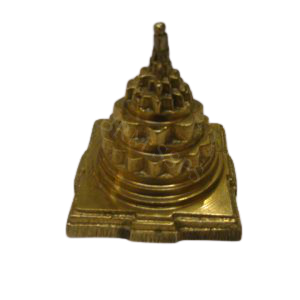
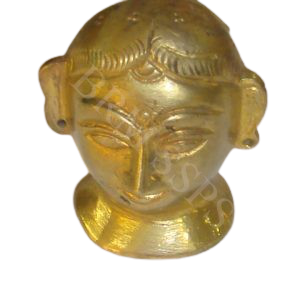
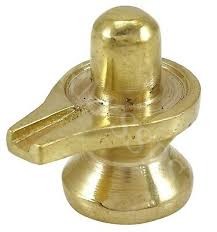
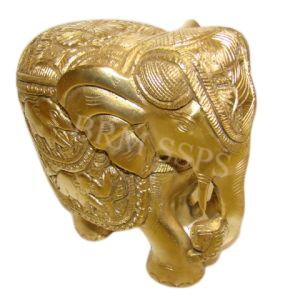
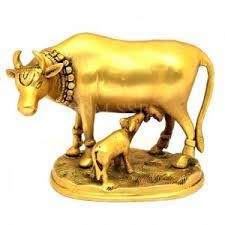
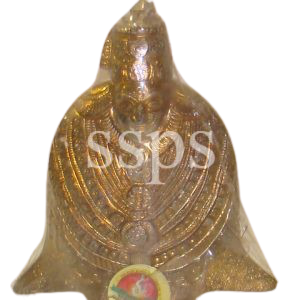
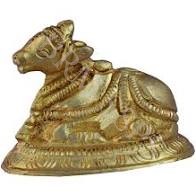
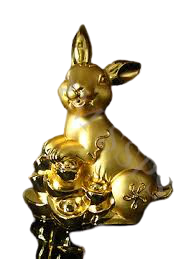

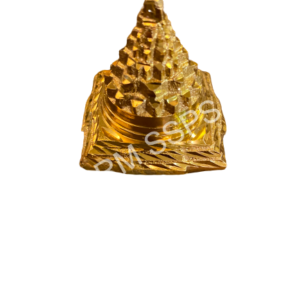
Reviews
There are no reviews yet.